The Power of a Functional Kitchen Layout: Understanding the Work Triangle
The kitchen is often considered the heart of a home – a place where delicious meals are prepared, memories are shared, and family and friends gather. To create a space that is both aesthetically pleasing and highly functional, it's crucial to pay close attention to the kitchen layout. A functional kitchen layout not only makes cooking and meal preparation efficient but also enhances the overall flow and ambiance
The Work Triangle
The work triangle is a fundamental concept in kitchen design. It refers to the imaginary lines connecting the three main work areas in the kitchen: the stove, the sink, and the refrigerator. The goal is to create an efficient workflow by minimizing the distance between these areas while avoiding any obstructions. These layout ensures that cooks can move seamlessly from one task to another, enhancing productivity.
Types of Functional Layouts
There are several popular functional kitchen layouts to choose from, depending on the size and shape of your space:
U-Shaped Layout: This layout features cabinets and appliances along three adjacent walls, forming a "U" shape. It provides ample storage and counter space while maintaining a compact footprint.
L-Shaped Layout: In this layout, cabinets, and appliances are placed along two perpendicular walls, forming an "L" shape. It's suitable for both small and larger kitchens, offering flexibility in terms of layout and design.
Galley Layout: Also known as a corridor layout, this design places cabinets and appliances along two parallel walls. It's ideal for maximizing space efficiency and is commonly seen in apartments and smaller homes.
Island Layout: Adding an island to your kitchen can enhance functionality and provide additional workspace, storage, and seating. It can be incorporated into various layouts, such as U-shaped or L-shaped, depending on your needs. (See our previous post: Kitchen Islands: How Big Is Too Big?)
Prioritizing Workflow
When designing your kitchen layout, consider the order of tasks you perform while cooking. Place items like cutting boards, knives, and utensils near the prep area, while pots, pans, and cooking utensils should be accessible near the stove. Keep frequently used ingredients close to the prep area for easy access. Organizing your kitchen tools and supplies based on your cooking process can significantly improve efficiency.
Adequate Storage Solutions
Functional kitchens rely on ample storage solutions to keep clutter at bay and maintain a clean and organized space. Consider incorporating various storage options, such as deep drawers, pull-out shelves, and overhead cabinets, to accommodate your cookware, dishes, and pantry items. Customizing storage based on your specific needs will help streamline your kitchen activities.
Lighting Matters
Good lighting is essential in any kitchen. Incorporate a mix of ambient, task, and accent lighting to ensure proper visibility for cooking, cleaning, and entertaining. Under-cabinet lighting can illuminate countertops, while pendant lights over an island create a focal point and provide adequate task lighting.
By understanding the principles of the work triangle, selecting the appropriate layout, optimizing workflow, utilizing smart storage solutions, and incorporating effective lighting, you can create a kitchen that not only meets your practical needs but also reflects your personal style and aesthetic preferences. So, roll up your sleeves and embark on the journey of designing a functional kitchen and stop by DuBois Granite and Quartz’s showroom to select the perfect complementary countertops.

